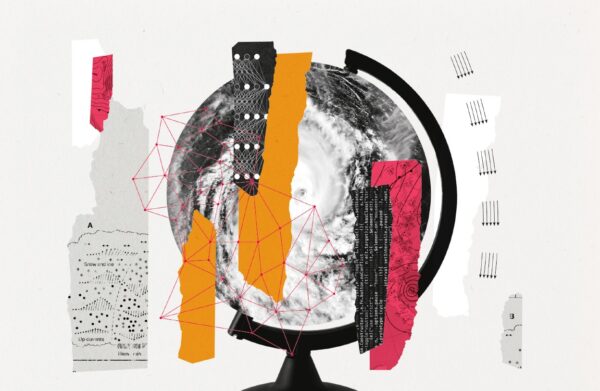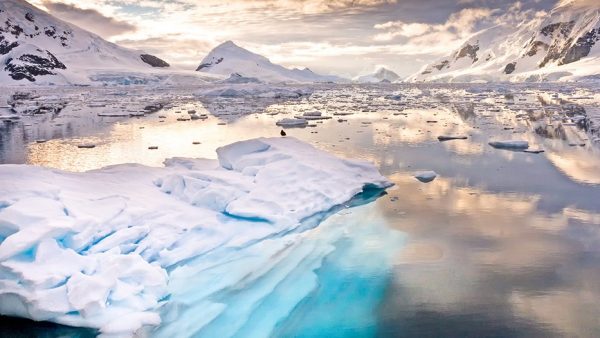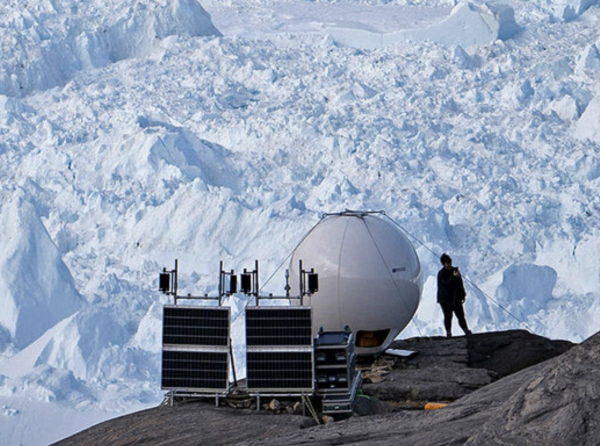Press & Media


How AI is improving climate forecasts
Researchers are using various machine-learning strategies to speed up climate modelling, reduce its energy costs and hopefully improve accuracy.


Deep Convection Podcast Season 4, Episode 5: Tapio Schneider
…
For the last few years, Tapio has been leading the CliMA project at Caltech. A visionary endeavor, the project aims to bring about a paradigm shift in the way climate models are constructed and used. It advocates for a more holistic approach, making use of observations, machine learning, and high-resolution simulations. The inception of CliMA came from a series of workshops on the future of Earth system modeling…


Methods From Weather Forecasting Can Be Adapted to Assess Risk of COVID-19 Exposure
Techniques used in weather forecasting can be repurposed to provide individuals with a personalized assessment of their risk of exposure to COVID-19 or other viruses, according to new research published by Caltech scientists.


Announcing the 2021 Google Cloud Customer Award Winners in Education and Research
We’re thrilled to celebrate this year’s seven Education and Research winners of the Google Cloud Customer Awards.
The second annual Google Cloud Customer Awards program honors organizations that have succeeded in turning new ideas into realities. Google experts independently judged and scored an unprecedented number of submissions from around the world. Winners in education and research demonstrated innovative thinking and inspirational digital transformation using Google Cloud products and solutions.


CliMA Collaboration Aims to Reinvent Earth System Modeling
Climate issues are politically polarized in the United States, but that’s not the only reason it’s been difficult to curb global warming, says Raffaele Ferrari, the Cecil and Ida Green Professor of Oceanography in MIT’s Department of Earth, Atmospheric and Planetary Sciences (EAPS).


How Do We Predict Climate Change?
Today, a new climate model is being developed by CliMA, a group of scientists, engineers, and mathematicians from Caltech, MIT, the Naval Postgraduate School, and JPL. This next-generation climate model integrates aspects of existing models with extensive data about Earth gathered by satellites and other instruments.


Meet the Team Shaking Up Climate Models
If scientists can create a new way to predict climate change – making it as accurate as, say, forecasting the weather – it would help people make everyday decisions: how high to build a sea wall or what crops to plant.


Study: Solar Geoengineering May Not be a Long-Term Solution for Climate Change
Seeding the atmosphere with aerosols would not prevent high atmospheric carbon dioxide concentrations from destabilizing low-lying clouds, opening the door to extreme warming.
